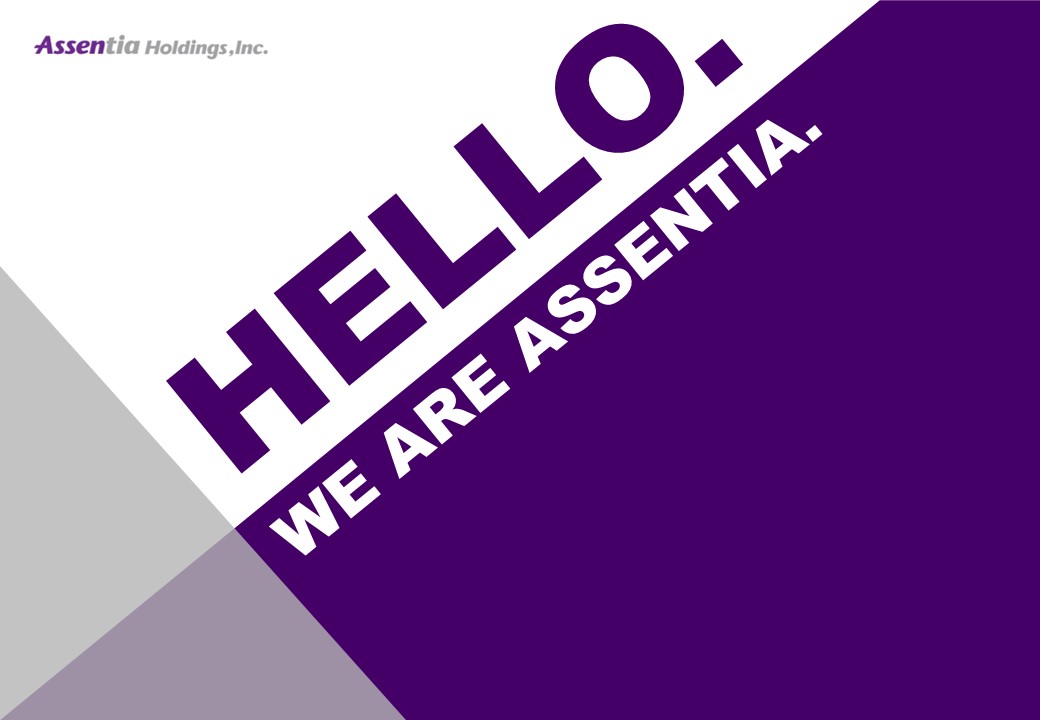Food culture in two ways!

Food culture in two ways!
Food culture is a very common word, and food is closely connected to culture.
It is so rare that Japan is the only country in the world where people eat with a bowl, and the same is true of the chopstick culture.
The same is true of the chopstick culture.
In the West, people hold a knife and fork in each hand.
The tableware may vary depending on the food in each country, but....
The "things" and "ways" of eating differ from country to country, and this is what makes a culture.
In some countries, very expensive food is thrown away, not to say thrown away, but thrown away.
It is not necessary to say that food is thrown away, but it is understandable that the value of each foodstuff differs from country to country. It is the trading companies that take advantage of this situation and make money through imports and exports.
In any case, as the country changes, the "food" and the "way" of eating it also change.
That is what food culture is all about.
In a country that does not have a culture where everyone pokes at the same pot, nabe-mono would be shunned. They may be reluctant to put their chopsticks in the same place as other people's chopsticks.
In a culture where people order a lot of food and eat it together, there will be resistance to serving one dish to each person.
Japanese yakiniku will be popular in places where there is a culture of barbecue.
Izakaya (Japanese-style pubs) in countries that do not have a culture of drinking alcohol while eating will be resistant.
In fact, Japanese-style pubs in Hong Kong are like family restaurants. Almost no alcoholic drinks are served.
The customer I met yesterday (a Hong Kong national) told me that I was doing it wrong. He said that his restaurants (10 restaurants in Hong Kong) are in a state of eating and drinking.
Each country has its own irreplaceable culture.
Does exporting food and services mean challenging them?
When cultures differ, enlightenment activities are necessary. It takes time and enthusiasm to penetrate a culture where people are reluctant to eat food they don't know how to eat.
When hamburgers were first introduced to Japan, the newspapers were very critical.
It is inexcusable," they said, "What are you doing, standing up and eating while walking around? Are you trying to corrupt Japanese culture? And so on.
Each country has its own service and culture.
Looking around the world, it seems that table service restaurants have yet to overcome the barriers of food culture.
Even if the "food" can cross the cultural barrier, the "way" of eating and the "service" are not so easy to cross. This may be due to customs, but it is very difficult to overcome the barriers.
This is more obvious than it appears when one looks at the number of restaurant chains around the world. If we consider only the number of restaurants, most of the more than 1,000 restaurants around the world are fast food restaurants.
Each country's food is served in the fast food way.
Hamburgers, fried chicken, coffee, bakery, cakes, noodles, etc.
Japanese fast food, beef bowl, ramen. As far as I can see, it is actually happening.
From now on, udon and soba too.
Slow food, fast food.
What type of business will dominate the world in the future?
ps.
Recently, I have been looking at the world from various angles.
Ascentia Holdings Corporation
Akira Tsuchiya
Assentia Holdings
Akira Tsuchiya
